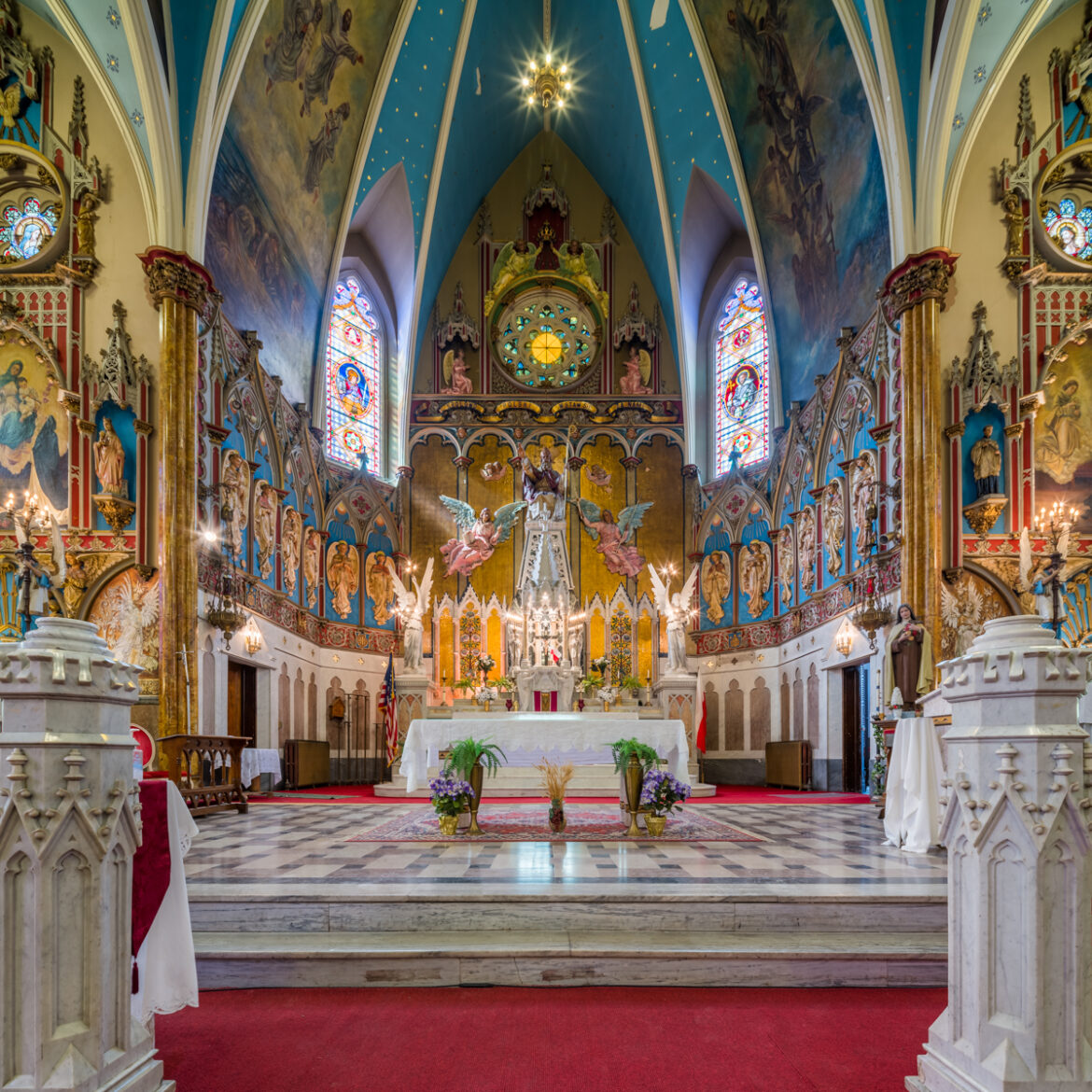The Church of England, a remarkable institution of Christian faith, has a history steeped in both religious tenets and sociopolitical dynamics. Founded in the 16th century amidst the Protestant Reformation, its genesis is inseparably tied to the tumultuous context of English history, where questions of authority and spiritual governance heralded monumental shifts within the Christian doctrine. This ecclesiastical body, as the mother church of the Anglican Communion, is not merely a religious organization; it stands as a testament to the interplay between faith, monarchy, and national identity.
To comprehend the essence of the Church of England, one must first delve into its historical foundations. The schism with Rome, famously initiated by King Henry VIII, was born of both personal desire and broader ideological currents. The king’s matrimonial predicaments led him to sever the ties with the Catholic Church, proclaiming himself as the Supreme Head of the Church of England in 1534. This bold declaration was not merely a theological stance; it was a confluence of power, politics, and an emerging national identity that sought to establish an ecclesiastical structure independent of papal authority.
As the Church adopted new liturgical frameworks and sacramental understandings—most notably articulated in the Book of Common Prayer—its evolution mirrored the socio-political changes across England. With Edward VI and Elizabeth I at the helm during successive reigns, the church oscillated between Protestant reforms and Catholic sympathies, each shift marking an entrenched battle for the soul of English Christianity. The Elizabethan Settlement emerges as a crucial juncture, encapsulating a desire to synthesize divergent theological perspectives while safeguarding the church’s autonomy amidst external pressures.
The structure of the Church of England is characterized by its intricate hierarchy, which reflects both historical precedent and contemporary governance. The Archbishop of Canterbury, serving as its spiritual leader, epitomizes the church’s overarching authority, overseeing diocesan bishops and parish churches throughout the realm. This hierarchal model, while echoing traditional Catholicism, integrates a uniquely Anglican ethos—a theology that emphasizes both reason and tradition. The Church’s governance is shared among bishops, clergy, and lay representatives in synods, which illuminate the inherent democratic elements woven within its fabric.
In understanding its modern role within society, one must acknowledge the Church of England’s dual responsibilities: spiritual and societal. The church is a bastion of Christian doctrine, offering a sanctuary for worshippers while simultaneously serving as a moral compass for the nation. Engaging with contemporary issues—ranging from social justice to ethical dilemmas—the Church aspires to resonate with an increasingly diverse populace. As and when discussions around climate change, economic disparity, and human rights arise, the Church of England often positions itself as a proactive participant, striving to reflect Christ’s compassion and teachings in practical terms.
Yet, there exists a palpable tension surrounding the Church’s relevance in the modern era. With the rise of secularism and alternative spiritualities, many question the Church of England’s ability to engage meaningfully with a population that is, by increasing measures, disenchanted with traditional religious practices. In a landscape where affiliation with organized religion is diminishing, the Church endeavors to innovate, seeking to foster community and relevance in uncharted waters.
A significant aspect of this effort lies in the church’s focus on inclusivity. Recent decades have witnessed theological advancements regarding inclusivity of women and LGBTQ+ individuals, although these discussions have not been without contention. The Church is navigating a delicate balance, advocating for the dignity of all individuals while remaining faithful to its theological tenets. This effort signifies a profound understanding of the necessity for the institution to adapt while maintaining core beliefs—a poignant reflection of the Anglican principle of comprehensiveness.
Furthermore, the Church exercises its influence through education and charitable works. Schools established under its auspices have played a pivotal role in shaping the educational landscape of England. These institutions not only impart knowledge but also instill values rooted in Christian ethics, further solidifying the Church’s role as a moral educator in society.
Overall, the Church of England stands at the crossroads of tradition and innovation. Its historical narrative captivates the imagination, inviting both reverence and inquiry. While rooted in centuries-old practices, the Church consistently seeks to engage with contemporary issues, intertwining faith with action. This dichotomy between the historical and the modern, between authority and adaptation, continues to endear the Church to both believers and skeptics alike. In its quest for relevance, the Church of England endeavors to fulfill its mission—to reflect the love of Christ within a diversifying society, a mission that is, perhaps, as vital today as it was at its inception.
Thus, in contemplating the Church of England, we grasp not only a historical institution but a living representation of a faith tradition grappling with its place in an ever-evolving world. The fascination lies inherently within its capacity to remain a beacon of hope and continuity amidst seismic shifts—the essence of a church that serves both God and community in variegated manifestations.



